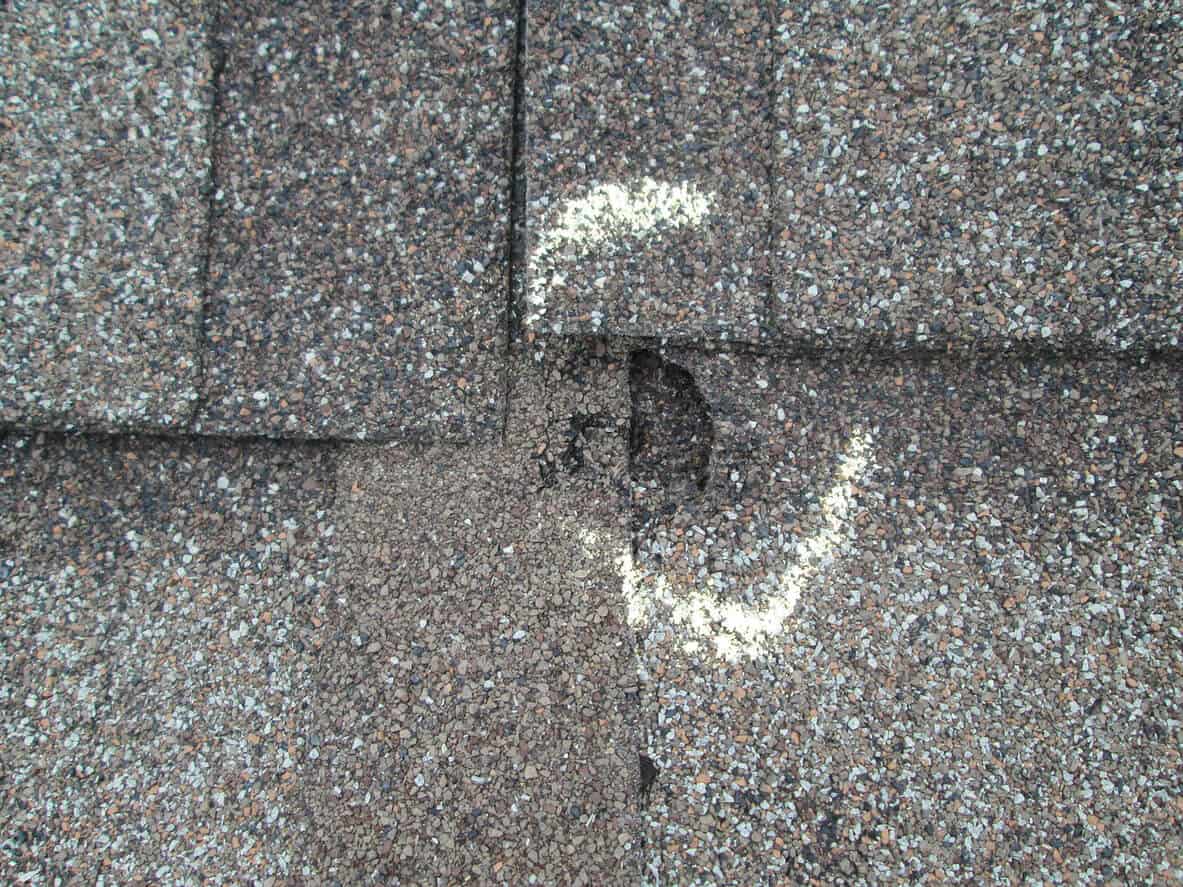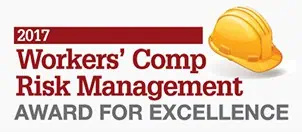As tough as commercial roofing systems are, you may at one point experience a hail damaged commercial roof. In fact, even small hail can cause significant damage if it has the right shape and is accompanied by high winds. Additionally, the roof’s age is an essential factor in how it stands up to storms, as older roof membranes may not stand up as well to pounding hail.
Besides the storm’s intensity and the roof’s age, the type of commercial roofing system used is also a factor in how much damage may occur. For example, a modified bitumen or built-up roof system (BUR) can be damaged if the hail breaks through blisters or ridges in the membrane. A PVC or TPO system can be hail resistant, depending on the thickness of the membrane’s top film layer, the density of the center scrim, the substrate’s rigidity, and the roof’s age. Also, metal roofs can be dented by hail, but some insurance companies may determine this to be cosmetic damage, which your policy may not cover.
What to Do After a Hail Storm
Did a strong storm or significant weather event recently pass through your area? Make a note of the time and date of the event, as this information is often needed when processing insurance claims.
Inspect your hail damaged commercial roof.
You might feel compelled to conduct a visual inspection, during which you may see obvious signs of a hail damaged commercial roof. For example, you might see new indentations, punctures, divots, or cracks in the roof (or dents on a metal roof). You may also see scuffs on the surface or tears in the roofing material – signs that roof damage has occurred.
While you might see these obvious signs of damage, not all hail damage is easy to spot. In fact, a trained eye may find other signs of damage, which may lead to roof leaks in the future.
For example, hail could have weakened the roofing membrane, which will shorten a commercial roofs life expectancy. Hail could have also impacted the underlying insulation or weakened the attachment or adhesive bonds of the roofing system. Besides damaging the roofing materials, hail can also have damaged the roof vents, air conditioners, or painted wood surfaces of your building. In short, some of the damage from a storm may not be obvious, and the effects may not be evident until months or years after the event.
Ask a roofing contractor to inspect the surface.
We highly recommend that you seek the help of a roofing expert after a storm who can look for signs of hail damage on your commercial roof. A professional roofing contractor will inspect gutters and look for signs of hail impact on your roof membrane and metal vents. Remember – time is of the essence to get your roof inspected, as most insurance companies may not pay for roof repairs or roof replacement if too much time has passed since the hail damage occurred.
Contact Nations Roof
For a professional inspection, contact Nations Roof. Our experienced representative will perform a thorough 21-point inspection of your roofing system to look for hail damage. In addition, we will help you file the insurance claim on your commercial property and will deal with the insurance adjusters from your insurance company.
Fill out the contact form on our website to schedule your roof inspection today.




